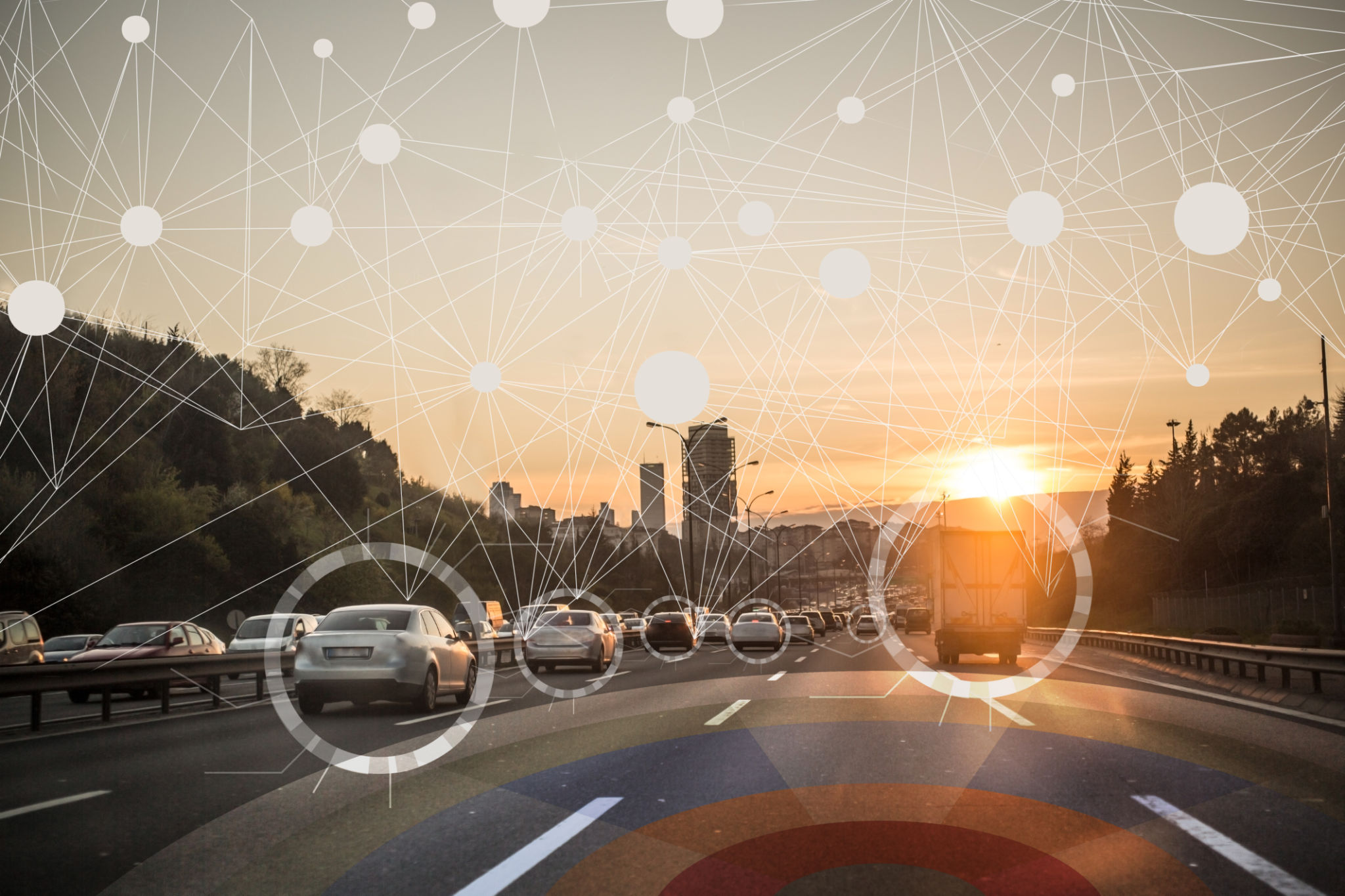How Virtual Sensors Revolutionize Construction Equipment Maintenance
JM
Understanding Virtual Sensors
In the realm of construction, maintaining equipment is crucial to ensuring project timelines and safety standards. Virtual sensors are an innovative technology that is transforming how this maintenance is conducted. Unlike traditional sensors, virtual sensors use algorithms and machine learning to predict equipment behavior and performance without the need for physical sensors.

How Virtual Sensors Work
Virtual sensors gather data from various sources, such as existing physical sensors, historical data, and real-time inputs. This data is then processed using sophisticated algorithms to create a comprehensive understanding of equipment condition. The result is a virtual representation of the equipment's performance metrics, which can be used to monitor and predict maintenance needs.
One of the key benefits of virtual sensors is their ability to provide insights that are not easily measurable with physical sensors alone. For example, they can predict potential failures or inefficiencies in construction equipment by analyzing patterns and trends in the collected data.
The Benefits of Virtual Sensors in Construction
The adoption of virtual sensors in construction equipment maintenance offers numerous advantages. Firstly, they help in reducing downtime. By predicting when a machine might require maintenance, companies can schedule repairs proactively, avoiding unexpected breakdowns that can delay projects.

Cost Efficiency
Another significant benefit is cost efficiency. Traditional maintenance methods often rely on scheduled checks and repairs, which can lead to unnecessary expenses when equipment is still functioning optimally. Virtual sensors enable a shift to condition-based maintenance, where repairs are conducted based on actual wear and tear rather than on a predetermined schedule.
- Reduced maintenance costs
- Fewer unplanned repairs
- Optimized equipment lifespan
Implementing Virtual Sensors
Integrating virtual sensors into construction equipment may seem complex, but the process is becoming more streamlined. Manufacturers are increasingly incorporating these technologies into new machines, and retrofitting options are available for existing equipment. This transition not only enhances maintenance strategies but also boosts overall operational efficiency.

The Role of Data Analysis
The success of virtual sensors heavily relies on effective data analysis. By employing machine learning and artificial intelligence, construction companies can extract meaningful insights from vast amounts of data collected by these sensors. This enables more informed decision-making and enhances the predictive capabilities of the virtual sensors.
Data analysis also plays a crucial role in continuously improving the algorithms used by virtual sensors. As more data is collected over time, these algorithms become increasingly accurate in predicting equipment performance and maintenance needs.
The Future of Construction Maintenance
As technology continues to advance, the role of virtual sensors in construction equipment maintenance will undoubtedly expand. The integration of IoT (Internet of Things) and advanced analytics will further enhance the capabilities of virtual sensors, leading to smarter and more efficient maintenance strategies.
Ultimately, the widespread adoption of virtual sensors could revolutionize how construction companies approach equipment maintenance, leading to safer worksites, reduced costs, and increased project efficiency.
